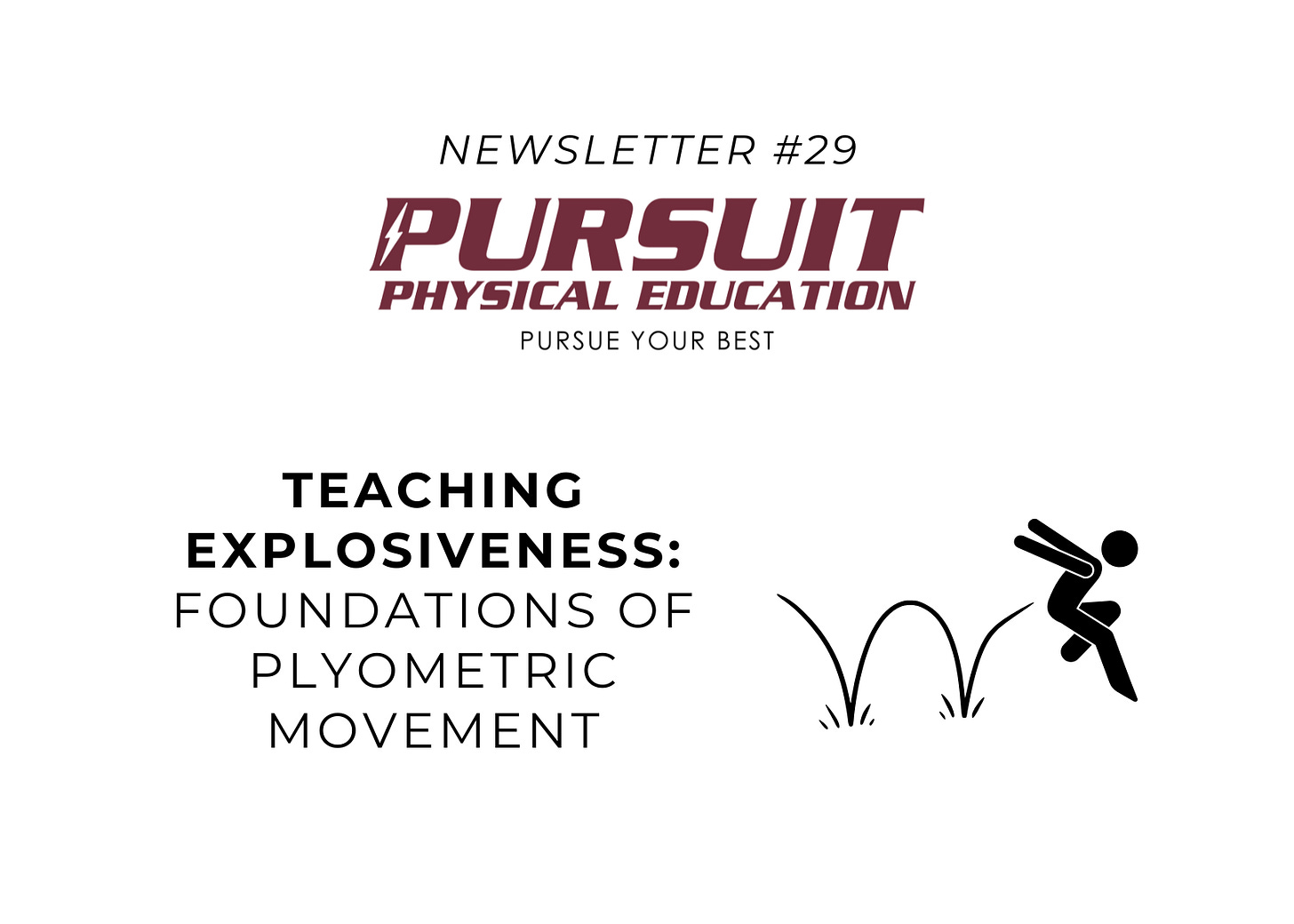Teaching Explosiveness: Foundations of Plyometric Movement
#29 – Strength & Speed Coaching – Pursuing Your Best ⚡
Plyometrics are one of the most powerful—but most misunderstood—tools in athletic development.
When used correctly, they develop the exact traits that separate good athletes from great ones: speed, power, reactivity, and control.
But when misapplied, they’re reduced to nothing more than random jumps for conditioning or variety.
True plyometrics are not jus…




